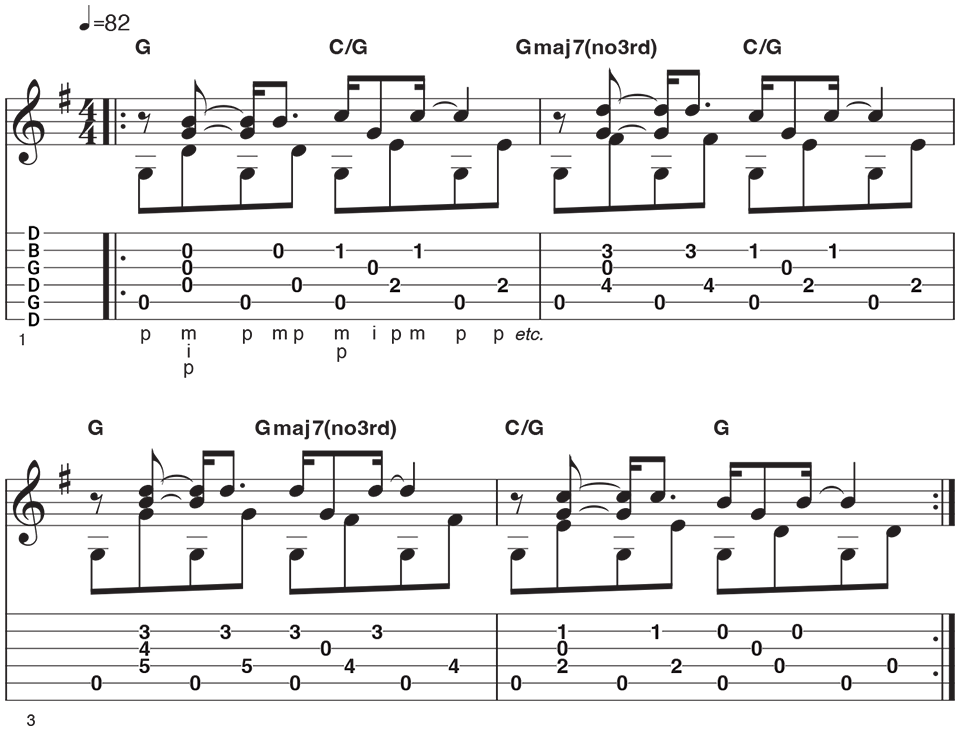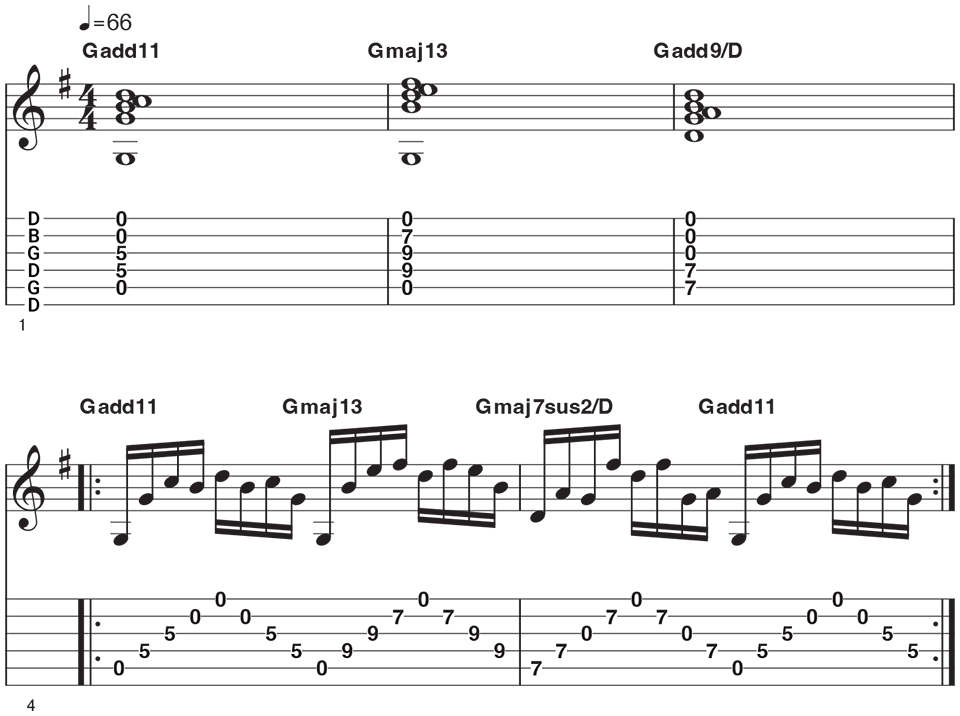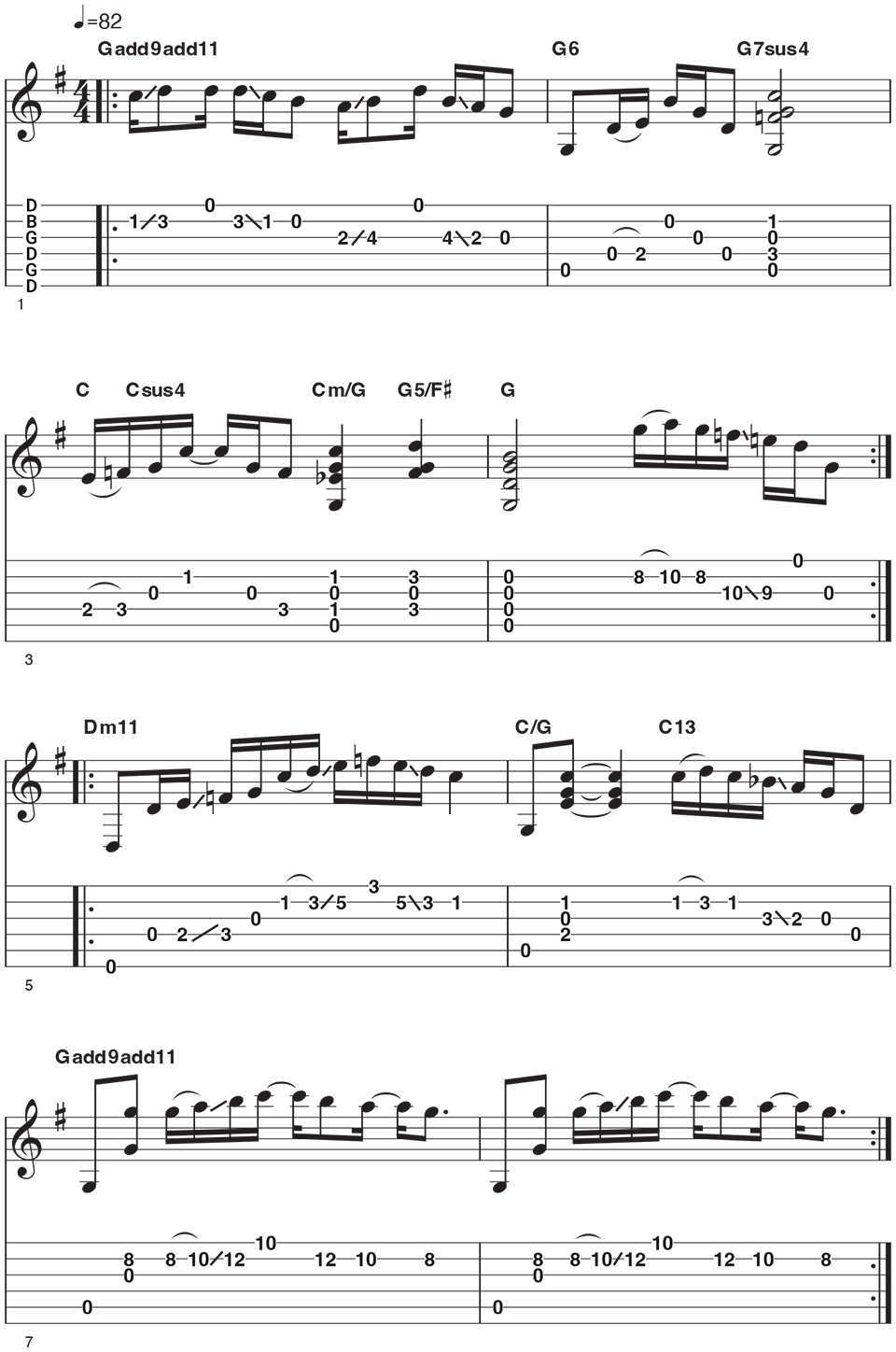Explore open G tuning: a fresh perspective that reshapes your fretboard and inspired timeless blues and Americana songs
Open G has been embraced by legends including Keith Richards, The Black Crowes and Led Zeppelin. Now it’s your turn to revel in its golden tones

Altered tunings can be one of the most fun and rewarding elements associated with the guitar. Specifically, the ability to change the tuning of some or all strings in the pursuit of finding new chord shapes and evocative progressions is really inspiring. And inspiration is what we all crave when playing and writing.
It’s common to associate 'big change' tunings like open G (D G D G B D) with slide players, but it has also driven some of the most famous non-slide songs in rock and blues. Two fine examples are The Rolling Stones' Brown Sugar and Jumpin’ Jack Flash.
The beauty of this tuning is its instant usability. While tunings like DADGAD can be a challenge during first forays, open G (aka Spanish tuning) gives up the goods far more readily as you’ll discover in the following examples.
When I’m playing in open G, I keep a close eye on the triads (three-note chords) on the fourth, third and second strings as the results are the same as with standard tuning.
So, all the normal major and minor triad shapes can be used as reference points around which you can add colour with the other strings. Typically, this can involve using open strings to provide a relationship with the triads. Or you can really exploit the I to V relationship between the fifth string (G) and the sixth and fourth strings (both D).
As would be expected, open G major often pulls you towards playing in the key of G. While this isn’t a bad thing, you do want to ensure you get the best out of any altered tuning by exploring other keys, too.
For example, open G is particularly effective for playing in C major and D major as the open strings can be used to create colour or tension against fretted notes. In this regard, it’s a good idea to map out common open position major and minor shapes to begin with. Remember, the magic of open G lies in the fact that you have familiar reference points on the fourth, third and second strings. Onto the examples!
All the latest guitar news, interviews, lessons, reviews, deals and more, direct to your inbox!
Example 1 - The open strings of Open G
It may seem obvious but the best place to start with any tuning is simply to hear it. This is best done by slowly playing the open strings to hear their relationship to each other and then play all strings together to hear the open chord. In this case, you'll be sounding a huge G major. Don't under-appreciate the loudness and resonance of all open strings sounding together in Open G – it's that good!
Example 2 - Simple C and G chords in Open G
Next you can start locating simple open major and minor chords and find out where chord progressions such as I – IV and I – IV – V lie. In this example, you’ll play G (the I chord) to C (the IV chord) progression. Listen how the open fourth string (D) at the top of the C chord creates a rich add9 extension.
Example 3 - Fingerpicking in Open G
Open G can take some of the work from the fretting hand as the open strings do so much. In this fingerpicking example you’ll play through the I – IV – V chords in G major (G - C - D). Check out how the chords require very few fretting hand fingers, a nice relief!
Example 4 - Thickening notes in Open G
Open G is a fantastic Americana and bluegrass tuning, even more so given how many traditional tunes are written in keys like G and C. Check out how easily you can thicken a G major chord using unisons (unison = two occurrences of the same note played together).
In bar 1, the G5 chord has two G notes and two D notes, sounding like a variation on a 12-string guitar.
Example 5 - Extended chords in Open G
It’s easy to find rich chords in open tunings, and Jimmy Page took this approach with many of Led Zeppelin’s classic tracks. This example explores rich-sounding G and D chords where the open strings add interesting textures: rich chords with little fretting hand work.
Example 6 - Americana stylings in Open G
This example is an Americana/folk inspired piece inspired by Rich Robinson of The Black Crowes. Importantly, it gets you out of all the ruts you may find in standard tuning so will, physically and sonically, sound fresh.
It’s based around G, C and Dm chords, using the open strings and textural options of the tuning to bring the piece to life.
Players who use Open G tuning
The Rolling Stones - Brown Sugar
Keef is perhaps the player best associated with open G tuning through the massive early Rolling Stones hit, Brown Sugar. Study this song and you’ll appreciate how the triads on the fourth, second and third strings serve as an anchor in open G tuning.
The Black Crowes - Remedy
The influence of Keith Richards and Jimmy Page is ever-present in Rich Robinson of The Black Crowes. That said, he took open G tuning and made it his own by writing many gorgeous parts in this tuning. Check out Remedy to hear how he uses it in a blues-rock context.
Charley Patton - Magnolia Blues
It's not just '60s and onwards guitarists that love Open G. The early blues pioneer, Charley Patton often used open G tuning which gave his playing a softer, folk blues feel. Magnolia Blues used this tuning, often with a capo placed at the 2nd fret or higher. For sure, you can hear Charley's influence on Keith Richards.
Stuart Ryan is best known for his acoustic guitar playing, from Celtic fingerpicking and traditional folk to modern percussive phrasing and fresh interpretations of popular pieces. He has released several solo albums, written pieces for UK examination boards and created nine tutorial books ranging from acoustic guitar arrangements to Americana styles.
You must confirm your public display name before commenting
Please logout and then login again, you will then be prompted to enter your display name.










